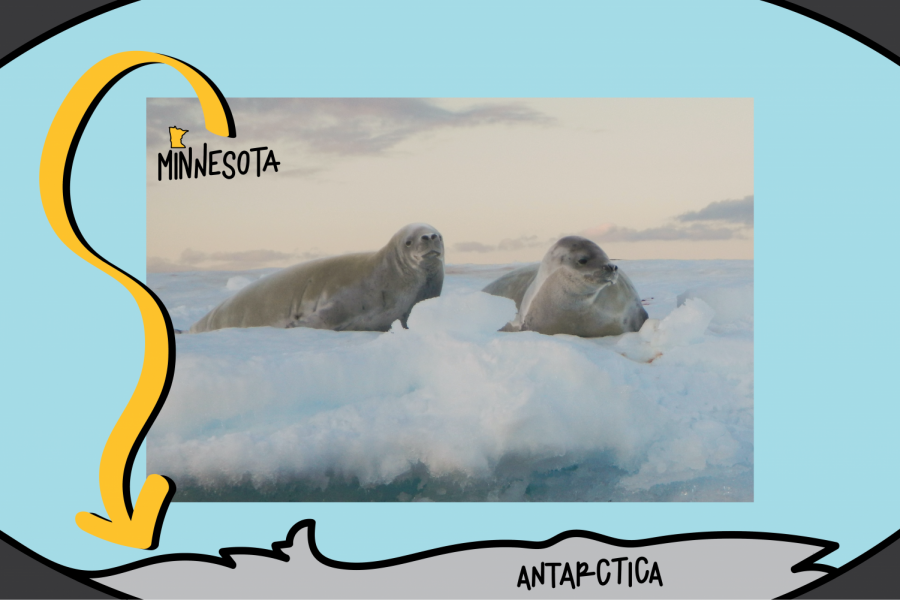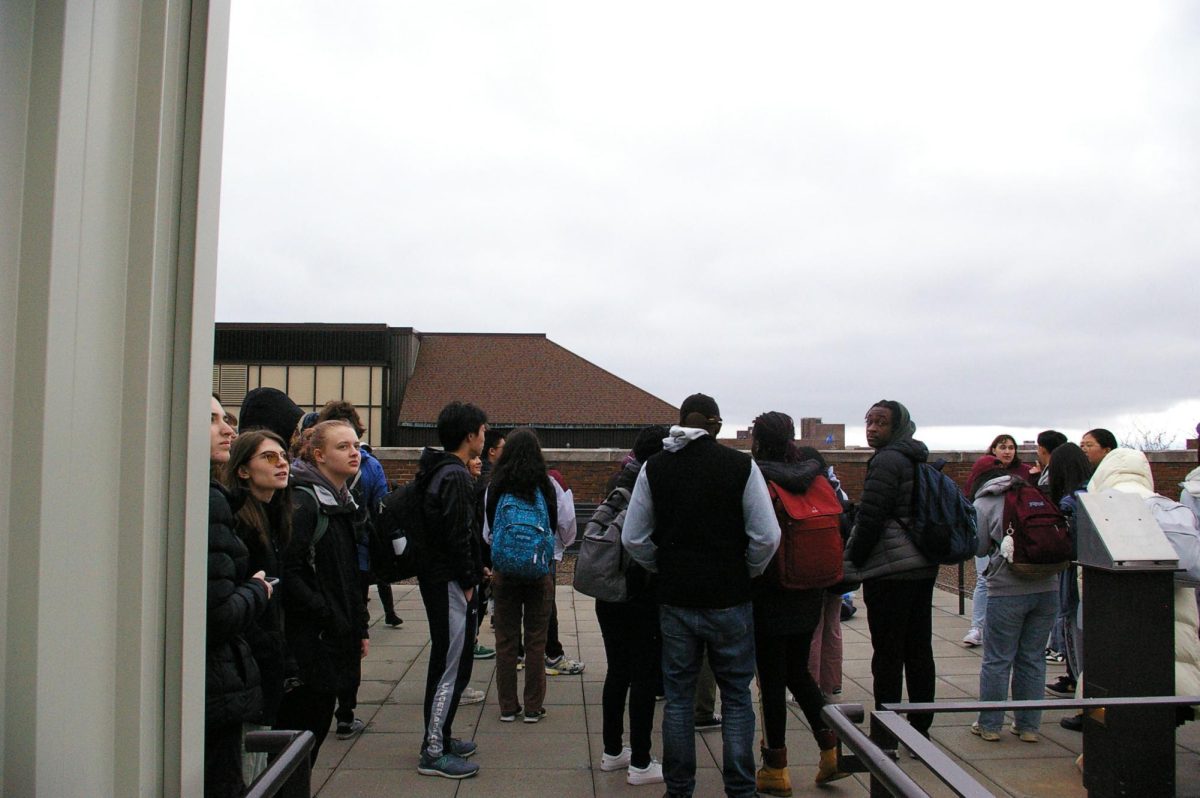A team of scientists led by a University of Minnesota researcher recently concluded a five-year project which counted the population of Weddell seals in Antarctica, providing critical insights into the impacts of climate change and commercial fishing on the Antarctic ecosystem.
If researchers can prove through population counts that climate change and commercial fishing are negatively impacting seals and other animals in Antarctica, they can propose changes to government regulations relating to both environmental and commercial fishing policies, said Leo Salas, a co-author of the study and senior scientist at Point Blue Conservation Science.
Seals utilize ice sheets for protection against predators and to give birth. When the ice melts due to climate change the seals lose necessary parts of their habitat, resulting in decreasing populations.
“If that ice were to melt, then the seals would be in trouble, and we need desperately to create baselines to know what the condition is now,” Salas said.
Commercial fishing in Antarctica is another problem impacting seal populations researchers are trying to learn more about by counting seals.
The toothfish, or Chilean sea bass, is an important food source for seals because it is the largest fish in Antarctica, Salas said. Currently, fisheries are targeting this popular breed of fish to sell for human consumption. Decreasing toothfish populations pose a problem for Weddell seals, as they rely on this food source to survive.
“So that’s a problem, and that’s affecting the marine protected areas and the food web,” Salas said. “We cannot prove it yet, but we’re seeing impacts in some parts of Antarctica where these fisheries operate.”
In order to prove climate change and commercial fishing are significantly impacting seal populations and propose changes in governmental regulations, researchers need to create a baseline count and timeline of the seal populations over several years and compare differences, Salas said.
To complete this baseline count of seal populations, the research team employed the help of about 330,000 untrained volunteer citizen scientists to help produce the count, said Michelle LaRue, a University of Minnesota research associate and lead author of the study, in an email to the Minnesota Daily.
“We never really know exactly who helped us, but the beauty of the [software] platform is that people from many walks of life can help us do our work,” LaRue said.
Citizen scientists counted the number of seals present in thousands of satellite images. Then, researchers with more expertise and scientific background checked their work.
“We couldn’t count them [ourselves] because it would take us months if not years to do so,” Salas said.
The only way to complete a full and accurate count of the species is through satellite imagery, LaRue said. This is the first time researchers have used satellite imagery to track and count an animal population over a wide range of land. Researchers found 202,000 female seals along the Antarctic coastline while previous estimates were around 800,000.
“With this baseline information, we can now track how populations do over time and try to connect patterns of population change with patterns in the environment,” LaRue said.
In the future, researchers will aim to determine how seal populations have fluctuated over the last 10 years in Antarctica. This larger picture will help scientists better understand the impact of climate change and commercial fishing on seals and other Antarctic species.
“We need to have a baseline of what may happen in Antarctica when climate change ramps up, and it is ramping up,” Salas said. “This [study] allows us to get a good monitor reading of what the condition is now, and hopefully we can take it into the future.”
Daily Email Edition
Get MN Daily NEWS delivered to your inbox Monday through Friday!
Published April 24, 2024

Published April 24, 2024
Published April 24, 2024
Trending
UMN researcher leads seal populations study to measure climate change and fishing effects
Through the counting of Weddell seal populations in Antarctica, researchers are getting a clearer picture of the impacts of climate change and commercial fishing on Antarctic ecosystems.
Image by Mary Ellen Ritter
by Maia Irvin
Published October 21, 2021
Leave a Comment
More to Discover
Advertisement
The Minnesota Daily • © 2024 The Minnesota Daily • Privacy Policy • FLEX Pro WordPress Theme by SNO • Log in

























